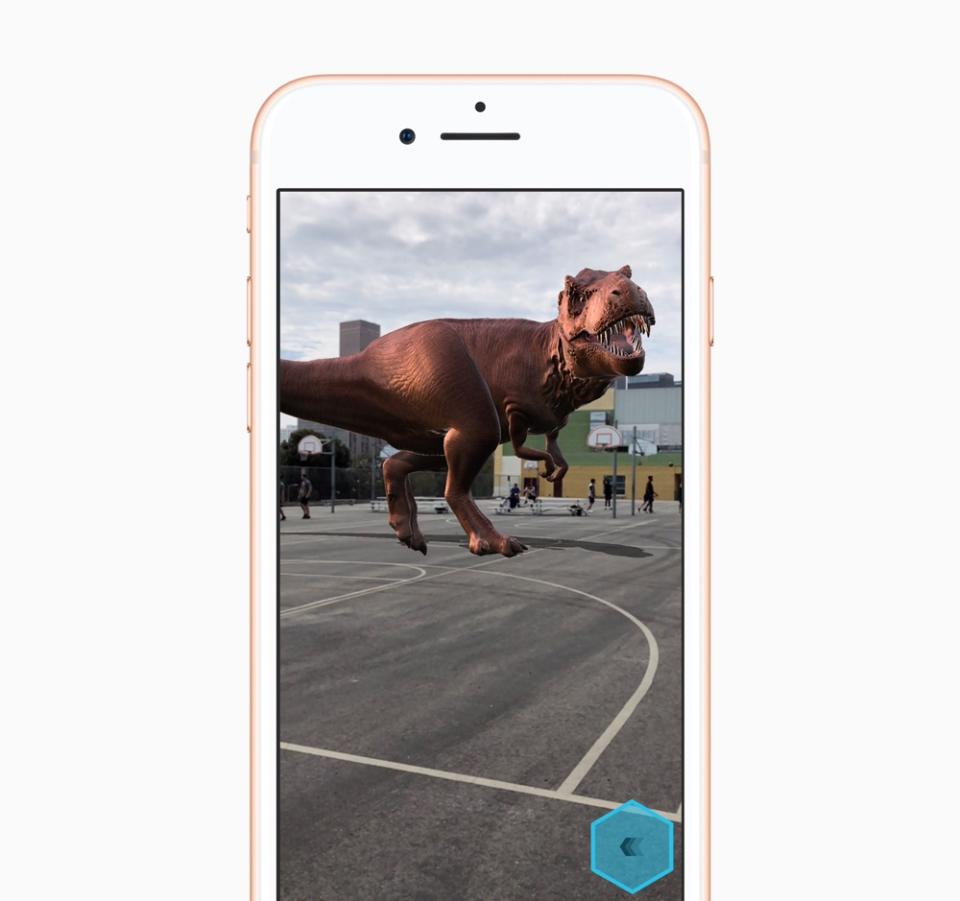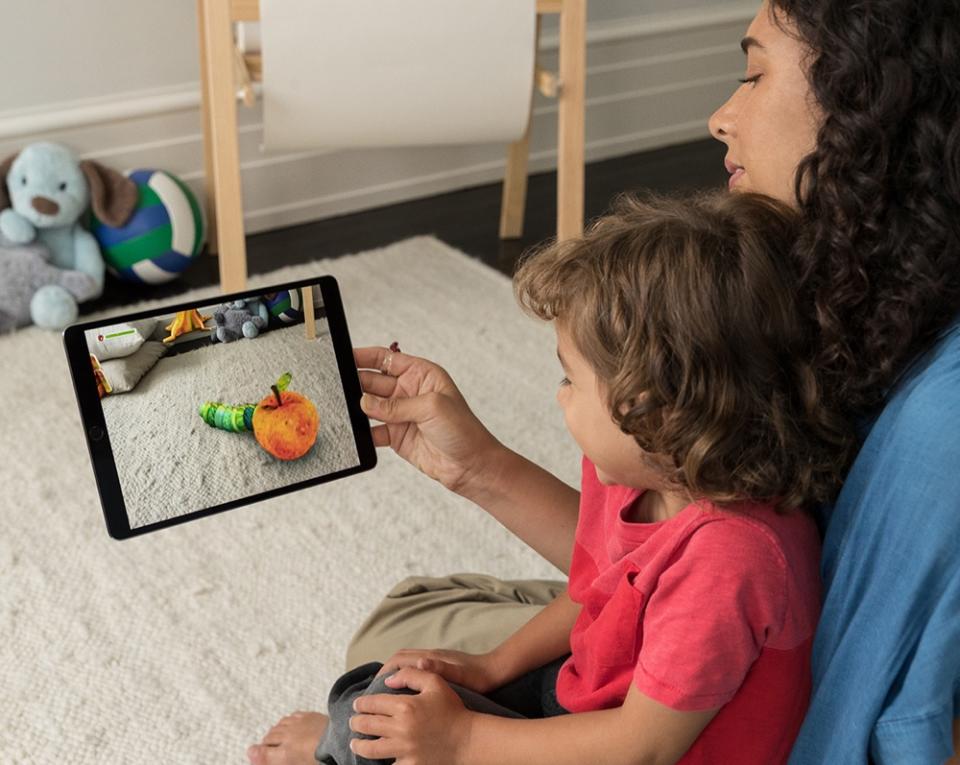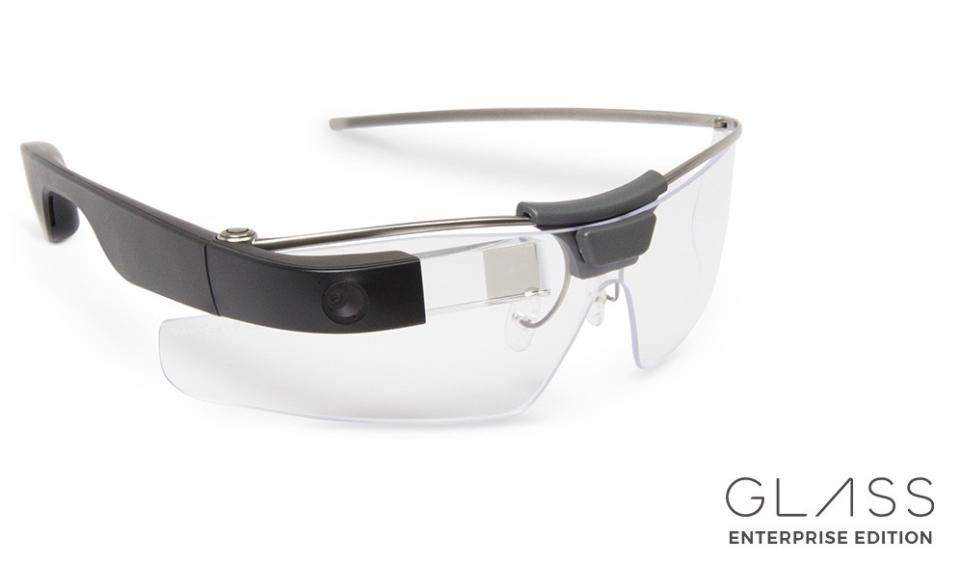Augmented reality will be huge, just not how you think

When Apple (AAPL) unveiled its iPhone X during its huge press event at the company’s new “spaceship” headquarters in Cupertino, California, it was big news. But almost as important as the trio of new smartphones is the company’s embrace of augmented reality (AR).
Apple first announced it was joining the AR party at its Worldwide Developers Conference in June via the debut of its ARKit platform. And with the company stating that the iPhone X was purpose-built for use with AR apps, analysts and the tech world are riding high on AR.
Morgan Stanley says that ARKit and new depth-sensing camera technologies, like those found on the iPhone X, could result in AR having as much impact on smartphone sales and services growth as Apple’s App Store.
That’s quite a bold prediction. And while smartphone sales will certainly benefit from AR, others believe the technology won’t reach its full potential until it can be embedded in a pair of plain old glasses.
The phone is a start
You might not realize it, but if you use Snapchat (SNAP) or Facebook (FB) Messenger’s selfie masks, you’re using a form of augmented reality. And “Pokémon Go?” Yep, that’s AR too. Even Google (GOOG, GOOGL) Translate, which lets you point your smartphone camera at text and translate it to the language of your choice, uses AR. In other words, the technology isn’t earth-shatteringly new.
But that doesn’t mean it’s fully matured, either.

“AR will still take some time to really take off, but we believe this will certainly pan out,” explained NPD’s Weston Henderek. “It is much more interactive in the real world than something like VR, which relies on the user being in a closed environment with a headset.”
As IDC’s Tom Mainelli points out, Apple’s decision to include ARKit as part of its iOS 11 means that in an instant 300 million iPhones and iPads will be able to take advantage of augmented reality-enabled apps.
“I think AR is going to be a big change,” Mainelli said.
“One of the ways that will present itself is a renaissance in the app stores. Developers will try to figure out how to roll augmented reality features into existing apps,” he explained, adding that new AR apps will provide additional capabilities that we can’t even imagine yet.
So far, the smartphone as a means to use AR is interesting, but it’s not exactly a must-have, yet. Companies talk up gaming for AR much like how Apple showed off “The Machines” and “Warhammer 40,000: Freeblade,” during its iPhone event. But that’s just a means to an end, a way to make people comfortable with AR.
The real way AR will become truly viable and helpful is via a headset.
Strap it on
“[AR] is important on the phone,” Mainelli said. “But when I think of augmented reality long term, the real end game is getting it off the phone and onto your face in the form of a pair of glasses or head-mounted display.”
AR headsets currently exist and are being used in the enterprise today, but as Mainelli points out, they’re too pricey for the average consumer. Take Google Glass, for instance. While the headset, which had its fair share of controversy and resulted in wearers being referred to as “Glassholes,” was cancelled for the consumer market, Google recently unveiled a version for businesses.

In a July blog post, Google’s project lead for Glass Jay Kothari explained how companies ranging from DHL to Dignity Health and GE Aviation are using the headset to improve employee workflow.
Then there’s Microsoft’s (MSFT) Hololens, which features software that medical school students use to interact with virtual cadavers rather than real ones, which can be difficult to obtain.
But what about the consumer market? Google’s Glass was bulky, unattractive and had poor battery life, while Hololens is only available for businesses and developers at $5,000 and $3,000 a unit.
So where does that leave the rest of us? Mostly just waiting. If companies can bring the price of these headsets down, while ensuring they’re functional enough for the average user and as attractive as a stylish pair of glasses, AR could become the groundbreaking technology companies are promising.
For now, though, we’ll have to make do with our smartphones. If Apple, Google, and their ilk have anything to say about it, though, the wait won’t be all that bad.
More from Dan:
Samsung Galaxy Note 8 review: A big phone with bigger expectations
‘Mario + Rabbids Kingdom Battle’ review: An insane mix of strategy and absurdity
Fitbit’s Ionic smartwatch is here to take on the Apple Watch
Email Daniel at dhowley@yahoo-inc.com; follow him on Twitter at @DanielHowley.

